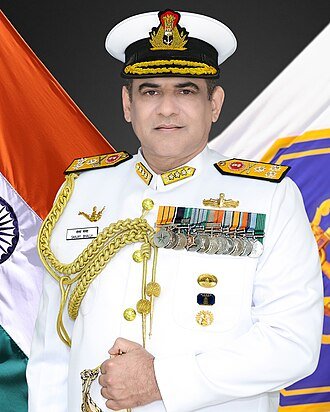CENTRE AND STATE GOVT MUST DISTINGUISH BETWEEN TERRORISTS — WHO PULLED FAYAZ OUT OF A FUNCTION — AND ALIENATED YOUTH WHO TAKE TO THE STREETS
NEW DELHI : The brutal killing of a young Kashmiri Lieutenant, who had returned home unarmed for a family wedding, has been termed a ‘watershed moment’ that will help turn the tide against terrorism, by the Indian Army. It would not be wrong to say that the kidnapping and deliberate killing of Lt Ummer Fayaz is also a political watershed moment that New Delhi must seize.
On a trip to the Valley last week, it was evident, that the average local Kashmiri is against such acts of terror. A police officer posted in South Kashmir, where five Jammu and Kashmir policemen and two bank staffers were pulled out of a car and shot dead on May 1, said he “saw the anger and the silent protest in the eyes of the villagers in Kulgam” when he visited the spot.
The governments, both at the Centre and the state, must distinguish between the terrorists — who pulled Fayaz out of a wedding function — and the alienated youth who take to the streets. An outreach to the Kashmiris at this very juncture will go a long way in helping Srinagar and New Delhi draw that crucial line.
An outreach is important because the contours of the 27-year-old insurgency changed for the worse last year after the encounter that killed Burhan Wani, the poster-boy militant who emerged as a role model after he posted videos on social media platforms.
Till Wani was killed in July 2016, the insurgency was largely an urban phenomenon. It has now penetrated deep into the rural swathes of South Kashmir and as one official told us, “There are several villages which are like liberated zones.”
In such ‘liberated’ villages, almost the entire population is willing to side with the militants – who are now home grown. The local militants outnumber those who manage to sneak in from Pakistan and alienated locals are not only happy to give them shelter; they also gather in large numbers each time the security forces lay a cordon for a counter-insurgency operation.
Only last week, men drawn from the Jammu and Kashmir Police and the army were ambushed when they were returning after a huge anti-terror operation spread across 20 villages across Shopian in South Kashmir. Fayaz’s bullet-ridden body was found in the same district.
The targeted killing of Kashmiris is worrying the locals and last week, many were asking themselves if they were now staring at a return of the ’90s — a decade marked by everyday violence, custodial killings and random shootings of ‘police informers.’
Then, the locals found themselves trapped between two sets of guns: the terrorists’ and the security forces’.
At present, no one is voicing the condemnation that the killings of Fayaz, the policemen and the bank officials deserve.
The separatists, always quick to call a hartal after a civilian is killed, have not had the courage to speak up against such killings, despite knowing that the constituency they claim to represent is getting increasingly uneasy.

New Delhi must seize the political opportunity and help a sullen population ‘turn the tide against terrorism’.
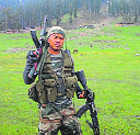
























































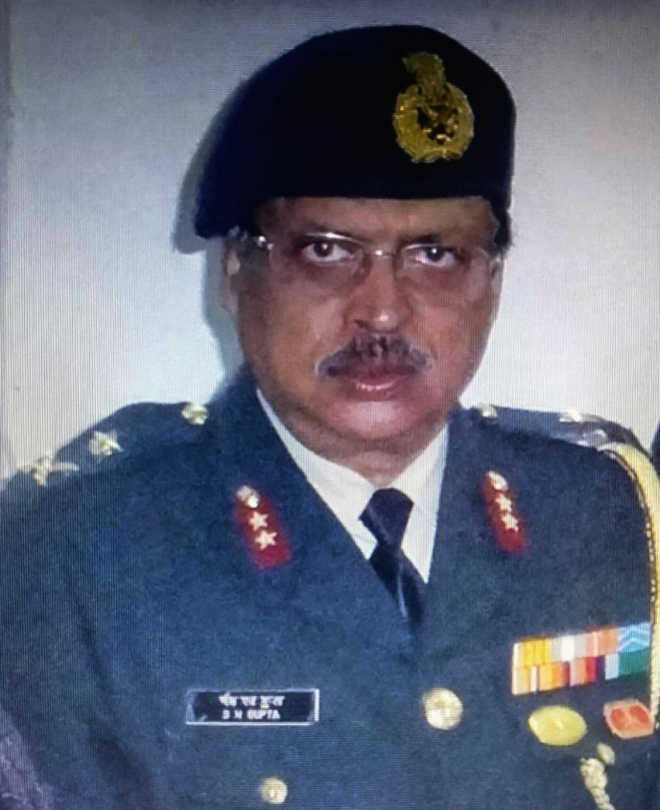
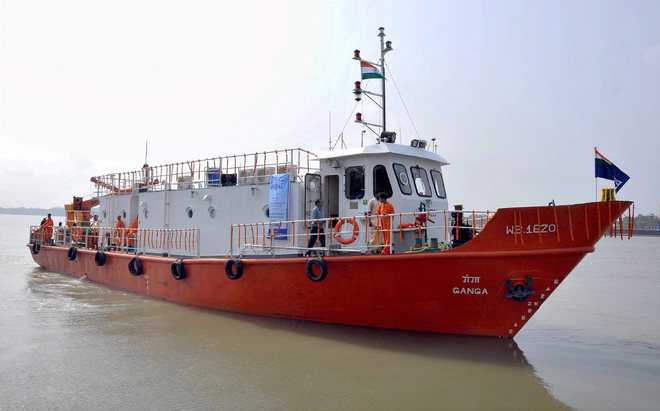


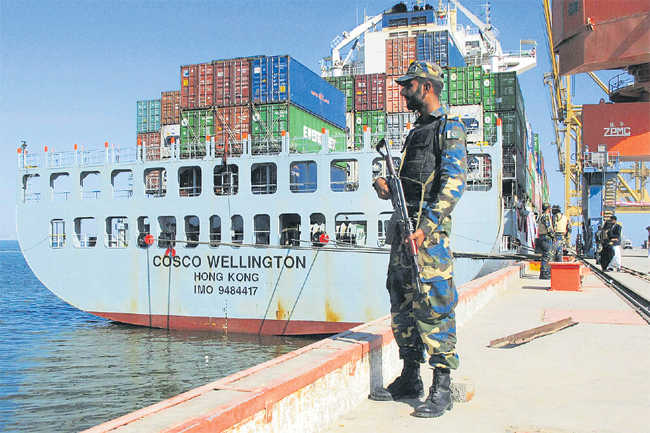
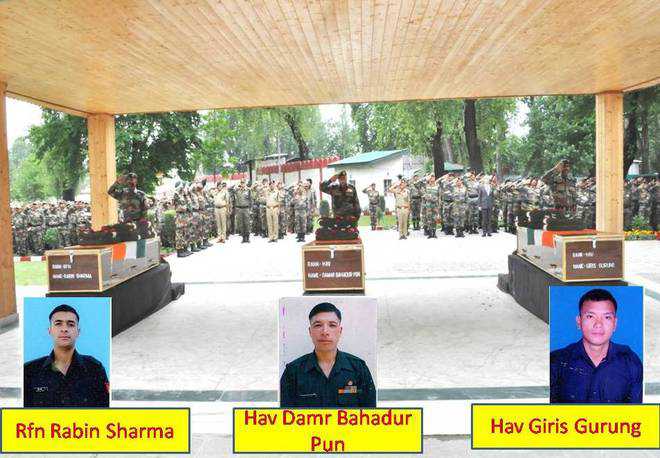
 AP FILE
AP FILE























